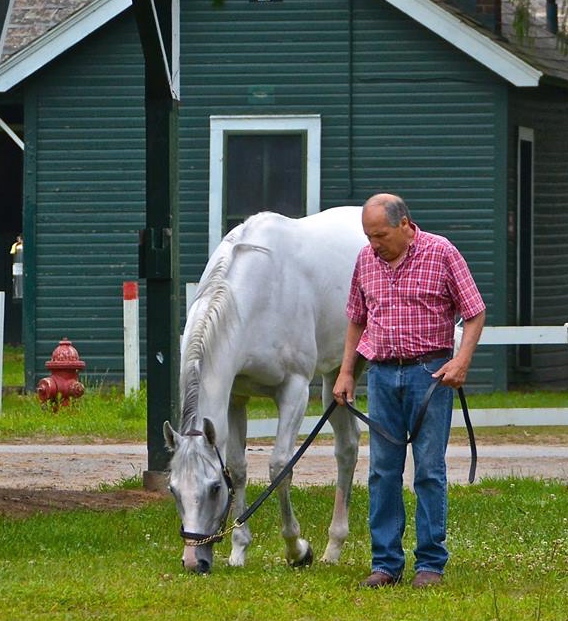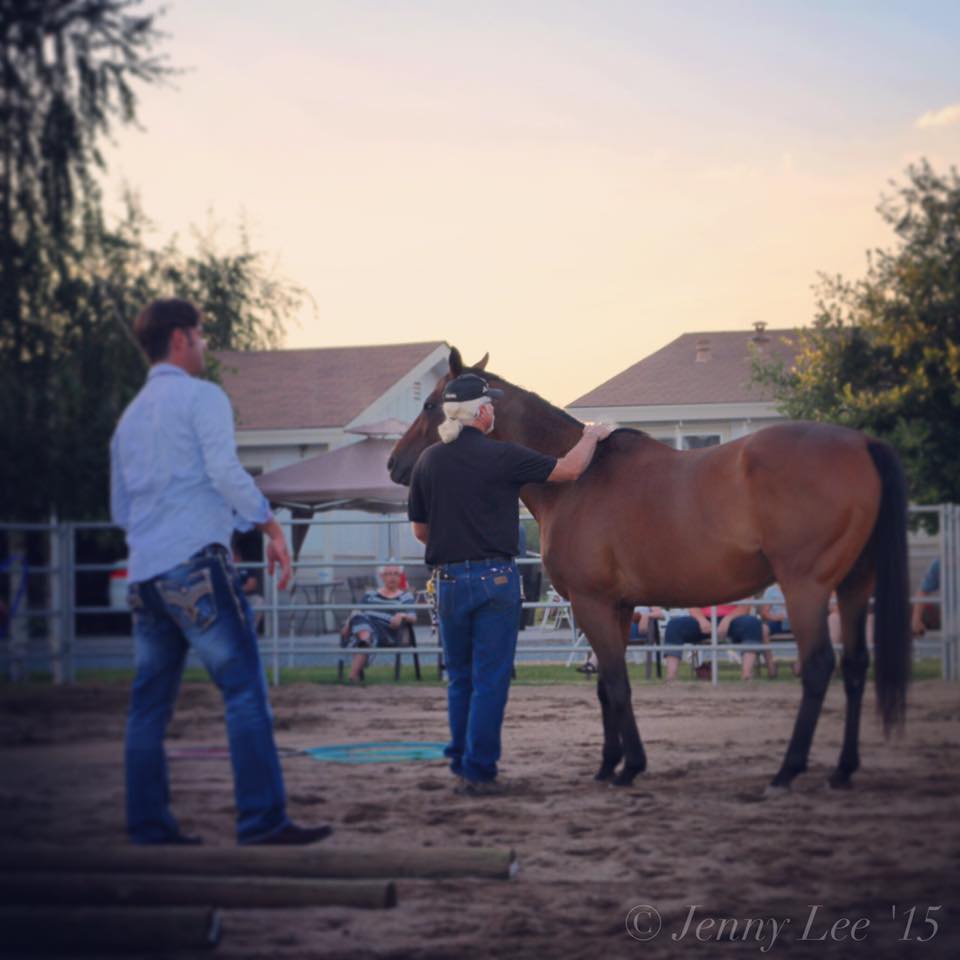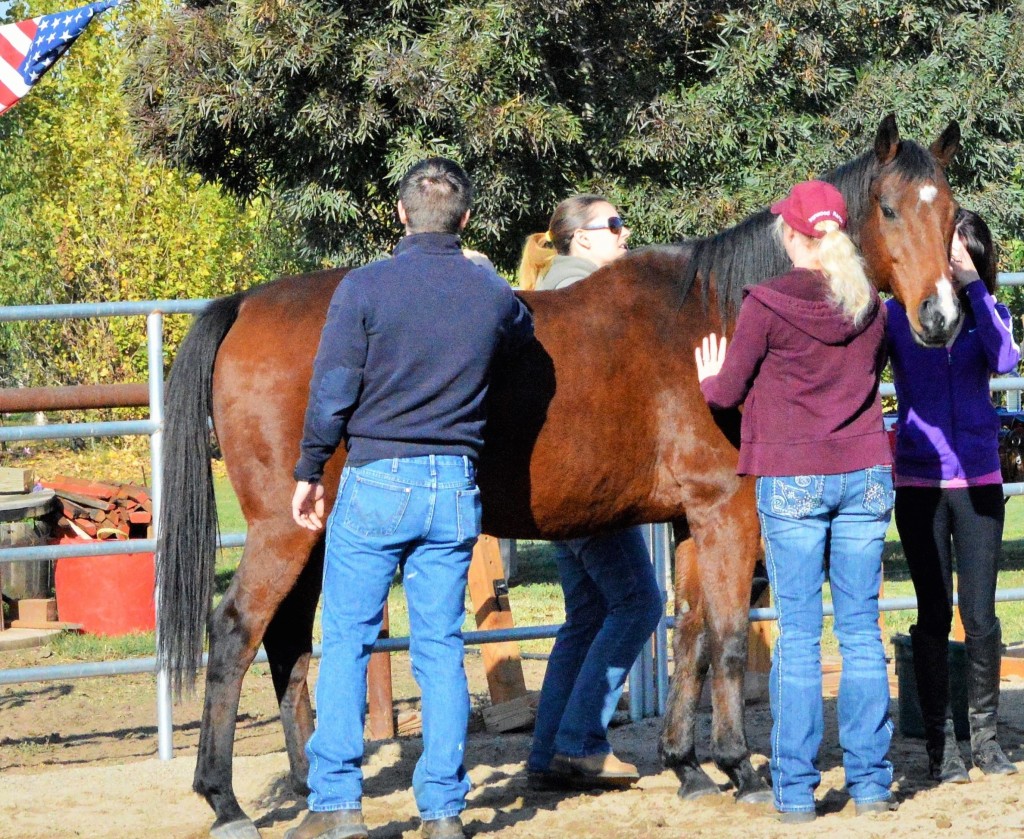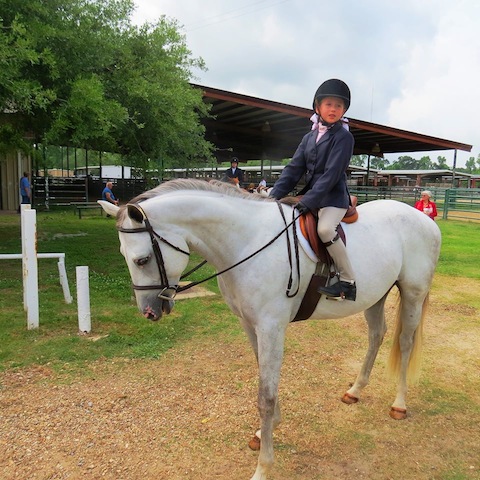
Big Brown, winner of the 2008 Kentucky Derby and Preakness, and sire of 2015 Kentucky Derby contender Dortmund, has been offered for a free breeding to a NY claiming mare. Photo courtesy Sunrise Stallions
A chance to breed a retired N.Y. racemare— free of charge— to 2008 Kentucky Derby and Preakness Stakes winner Big Brown, the sire of 2015 Derby favorite Dortmund, has been offered to philanthropic horsemen as a reward for their efforts last month to do right by the same racemare.
Following the successful effort by Dallas horseman John Murrell and New York trainer Carl Domino to claim back race mare Rock N Cozy from race trainer David Jacobson last month, Big Brown’s people stepped up with an offer.
Sunrise Stallions GM Eric Bishop, upon learning how Murrell and Domino claimed back the prized mare for $15,000 in a heartfelt effort to retire her from racing, says he made the offer out of respect for their conduct as horsemen and admiration for the mare’s success on the racetrack. Rock N Cozy earned $231,000 in 39 starts, showing heart and stamina.
Saying that if any men deserved the opportunity with Big Brown, it was the gentlemen who swooped in to claim back Rock N Cozy from Davidson in a $15,000 claiming race at Belmont Park May 20, a race which the mare won. (Please read the earlier story here: http://offtrackthoroughbreds.com/2015/05/27/horsemen-thats-it-were-getting-her-out/)
As a way of rewarding these actions and helping to promote good breeding practices in a state that could benefit from a good pairing such as would come from Big Brown and Rock N Cozy, Bishop says he offered the free breeding, an $8,000 value, as a way to thank the men for setting a stellar example in the racing business.
“There are a lot of good people in this business and a lot of not-so-good people in this business. When we saw what John Murrell and Carl Domino did for Rock N Cozy, we decided we wanted to do something nice for them, because they’re good people,” he says, noting that the beautiful gray mare, with her strong track record, great conformation, and giant heart would also be a great match for Big Brown.
“Here’s a mare who’s run close to 40 times. Not too many Thoroughbreds are in that position, and she even went out as a winner,” Bishop says, referring to her win in her last race at Belmont Park on May 20.
Murrell and Domino, who each work on Thoroughbred welfare efforts— Murrell with frequent financial contributions to rescue Thoroughbreds from the slaughter pipeline and Domino, serving on the board of the Thoroughbred Retirement Foundation—were honored by the offer.
Emphasizing that no decision has been made yet for Rock N Cozy, Murrell says he is well aware that some in the horse-welfare world might oppose breeding her, based on arguments of overpopulation and unwanted horse problems.
“I am active in taking horses out of bad situations when my funds and efforts allow it, and I certainly emphasize with individuals who would have an adverse reaction to a breeding because it creates more horses in the world,” Murrell says. “I understand that, but at the same time, I am also a horseman and I make money in the racing industry. I do it the right way. New York racing has a long history of good programs for New York breds and I think a breeding with Big Brown could be a great boost to the New York industry.”
Domino notes that Rock N Cozy, who was a particular favorite of his wife Sophia, is a solid racehorse in her own right. Earning just over $230,000 on the track, she always tried, regardless of the surface she ran on or the competition around her. “She’s an honest horse and she’s nice to be around. If you look at all of her races, she always tried,” Domino says. “She’s very honest and has a nice conformation.
As Domino and Murrell decide whether to accept the very generous offer from Big Brown’s people at Sunrise Stallions of New York, the mare is being let down, enjoying grass and just being a horse, Murrell says. If they take Big Brown up on the offer, it would occur sometime next year, he says. If they decide not to breed her, Murrell and Domino will begin looking for a permanent home for the mare.








